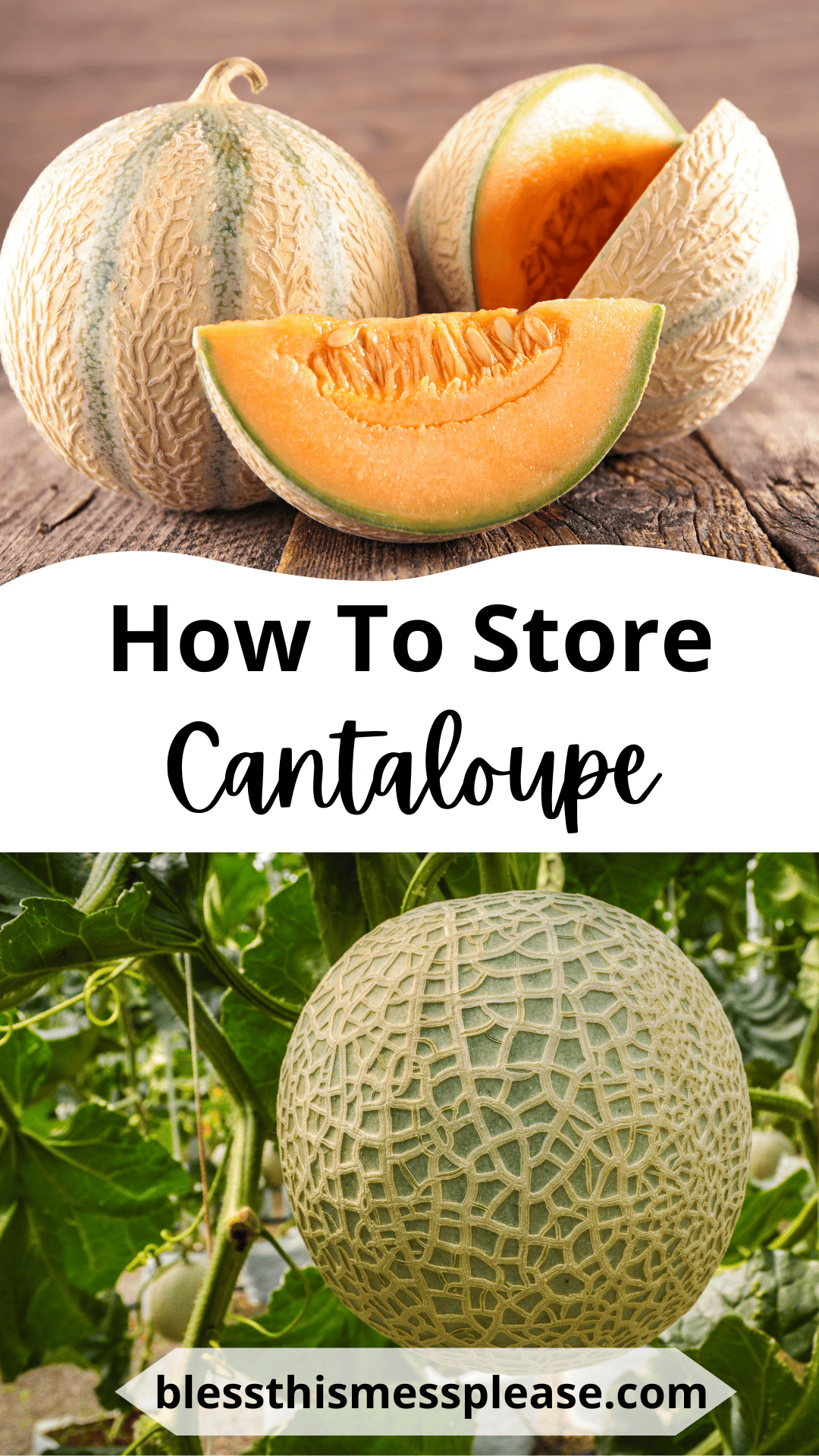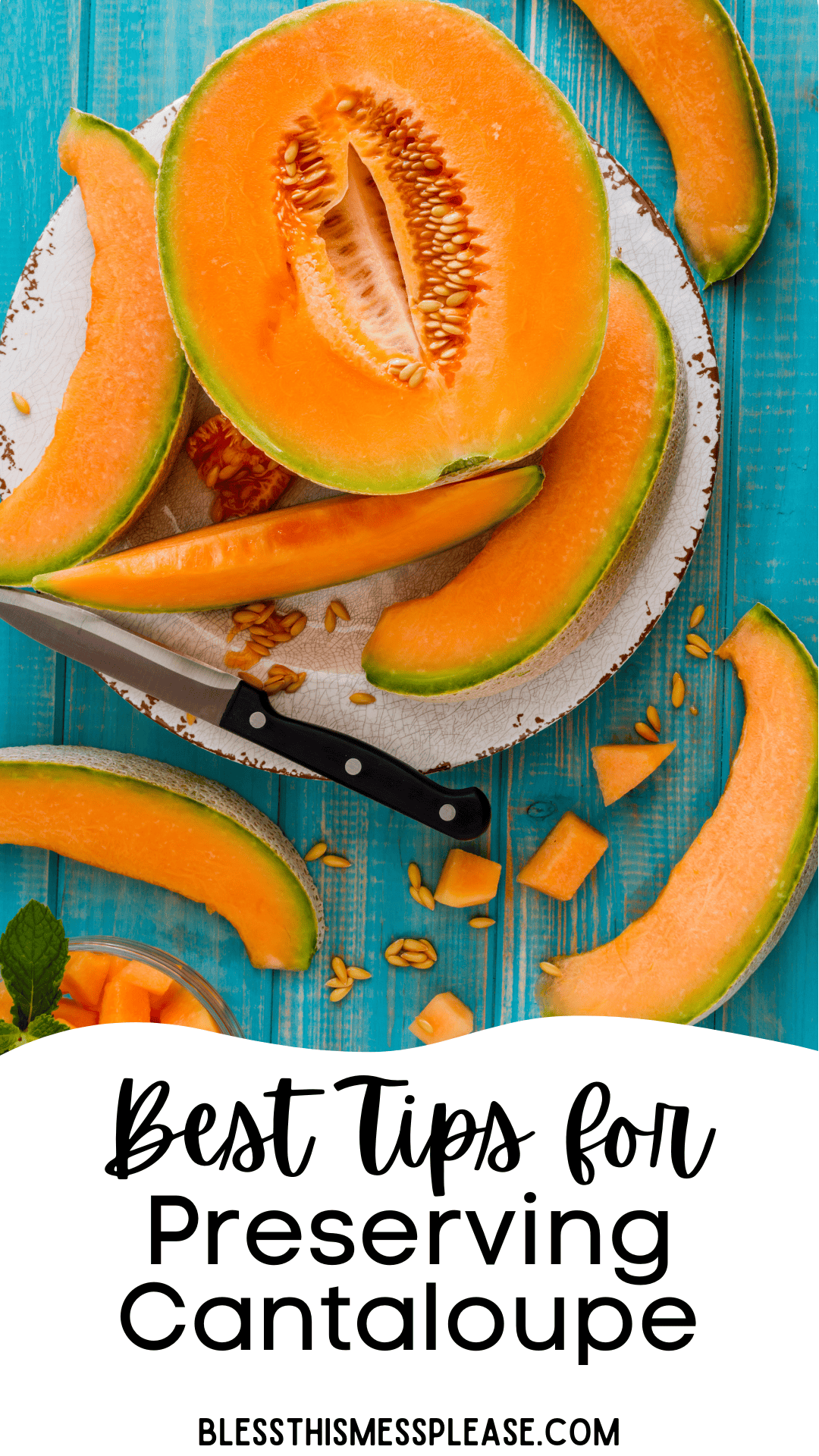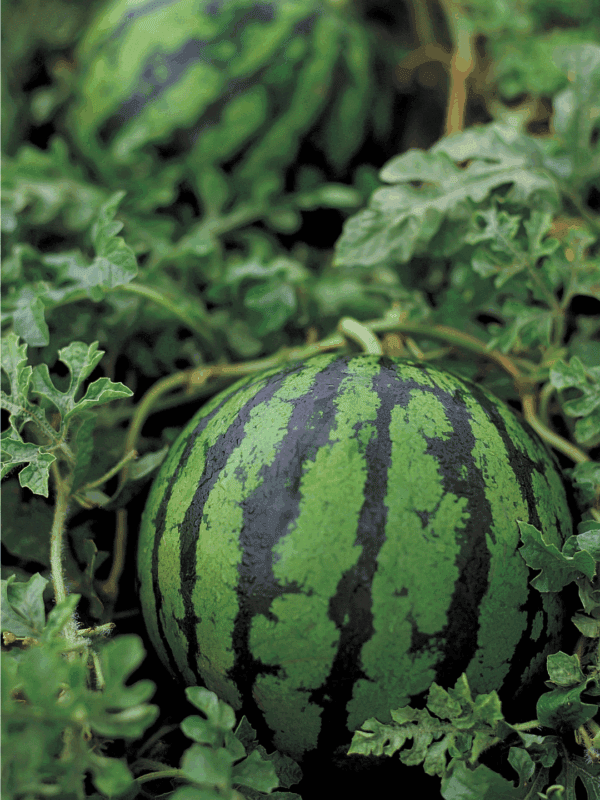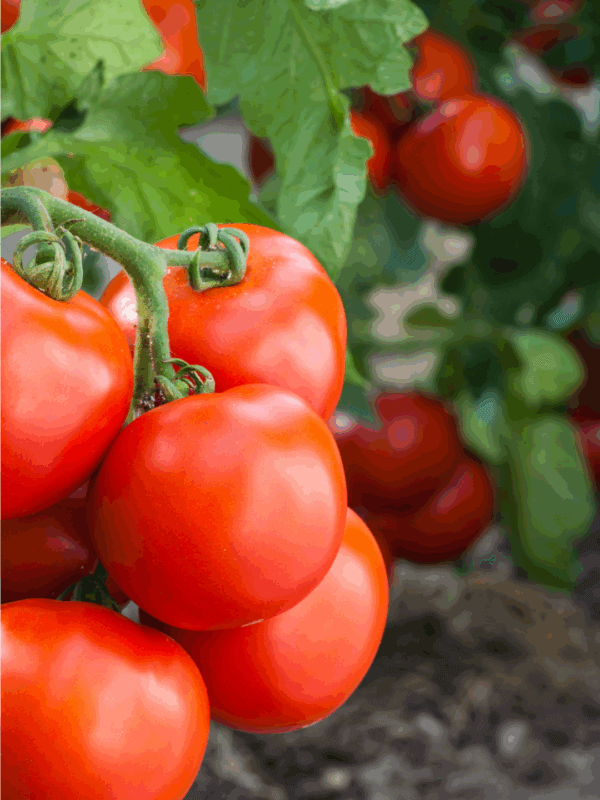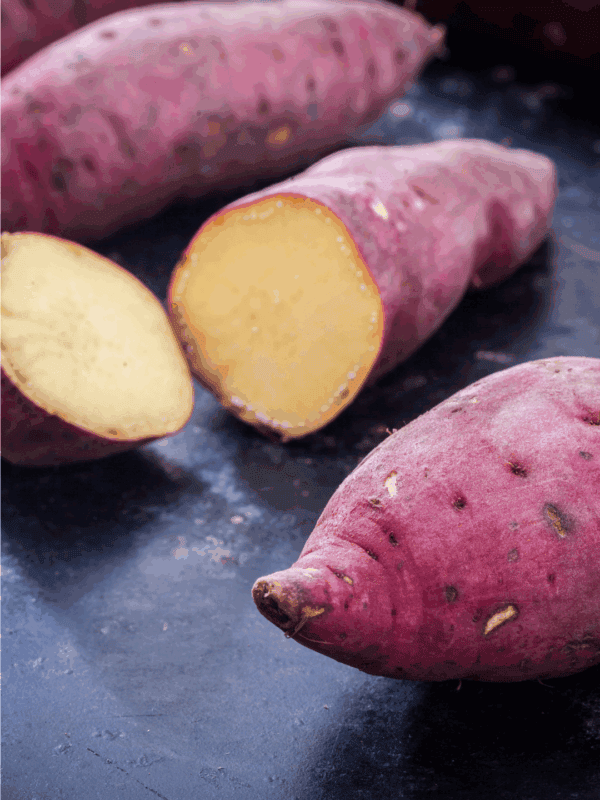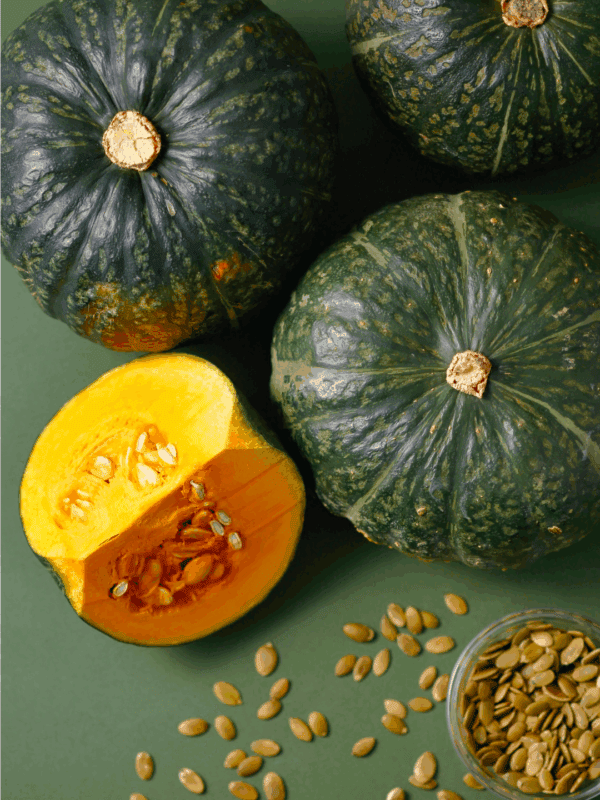This post may contain affiliate links. Please read our disclosure policy.
Discover How to Preserve Cantaloupe with proven methods including freezing and dehydrating. Learn expert tips to keep your cantaloupe fresh for months and reduce food waste. You can finally use up that amazing melon harvest from your garden!
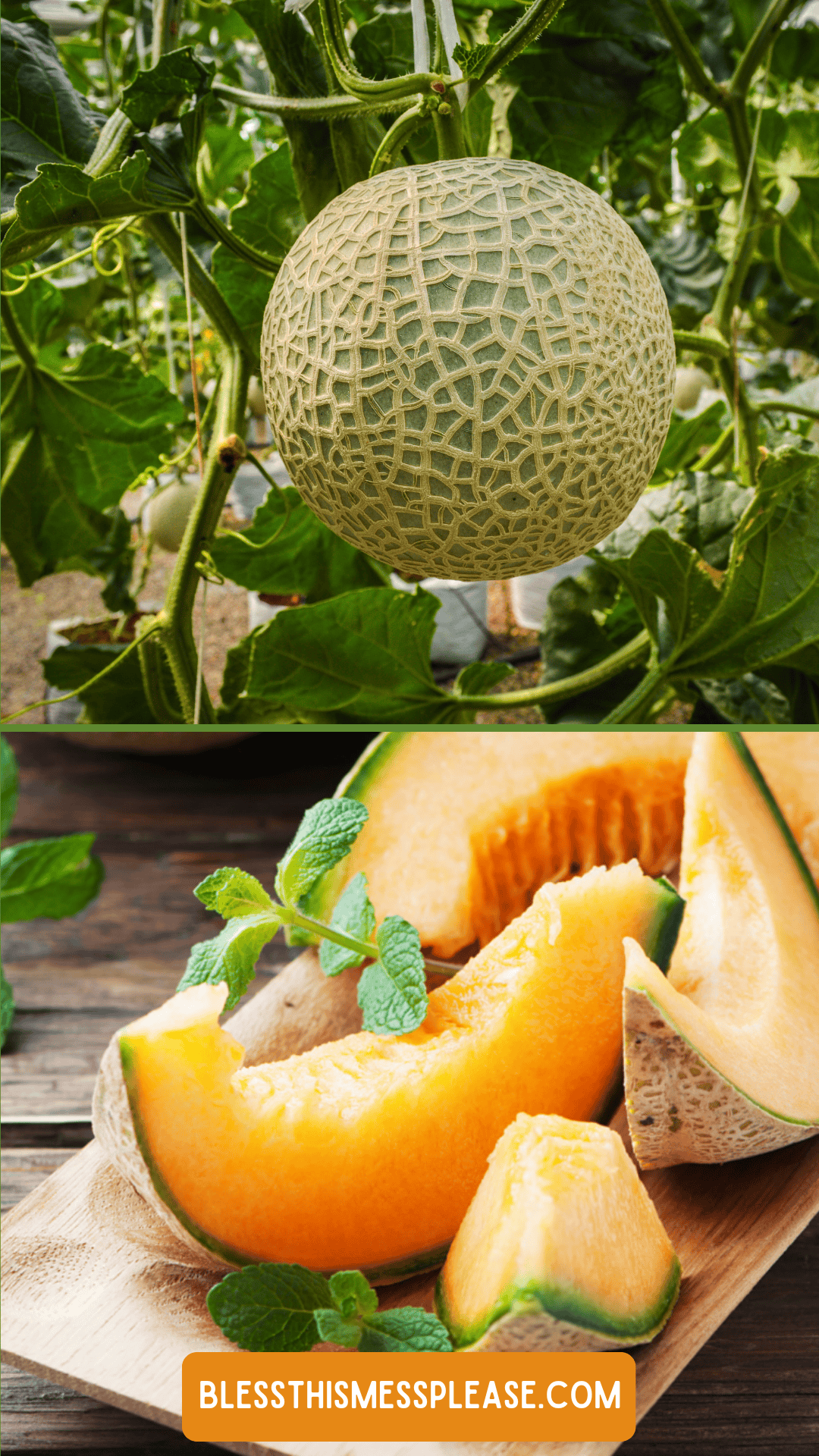
Preserving Guide: How To Preserve Cantaloupe
Preserve cantaloupe when it’s at its sweetest and most affordable during peak season, then savor that perfect summer taste even in the dead of winter.
Whether you want smoothie ingredients, healthy snacks, or dessert components, preserved cantaloupe adapts to countless recipes and meal planning needs.
Properly preserved cantaloupe can last 8-12 months, giving you incredible flexibility in meal planning and ensuring you always have this nutritious fruit on hand.
Table of Contents

When To Harvest Cantaloupe
When rinds begin to change from green to tan or yellow, the melon is typically ripe enough to pick. Look for a crack in the stem where it attaches to the fruit.
How To Store Cantaloupe
Store only at room temperature
Best Way To Cut A Cantaloupe
Whether you’re preparing a melon to eat fresh or to preserve it during a big harvest, here are the steps I use to cut a cantaloupe.
Step 1: Rinse the whole cantaloupe under cool running water, scrubbing the rind gently with a clean brush to remove dirt and bacteria. Pat dry with paper towels. Set up a clean cutting board and sharp knife on a stable surface.
Step 2: Place the cantaloupe on its side and cut off about ½ inch from both the stem end and blossom end. This creates stable, flat surfaces and removes any tough or potentially contaminated areas.
Step 3: Stand the cantaloupe on one of the flat ends you just created. Using a large, sharp knife, cut straight down through the center from top to bottom, creating two equal halves.
Step 4: Use a large spoon or ice cream scoop to remove all seeds and stringy pulp from the center cavity of both halves.
Step 5: Place each half cut-side down on the cutting board. Starting at the top, use your knife to cut downward, following the curve of the melon to remove the rind in strips. Keep your knife close to the rind to minimize fruit waste while ensuring all green and white portions are removed.
Step 6: Cut the cantaloupe flesh into your desired shapes and sizes depending on how you will be using it.
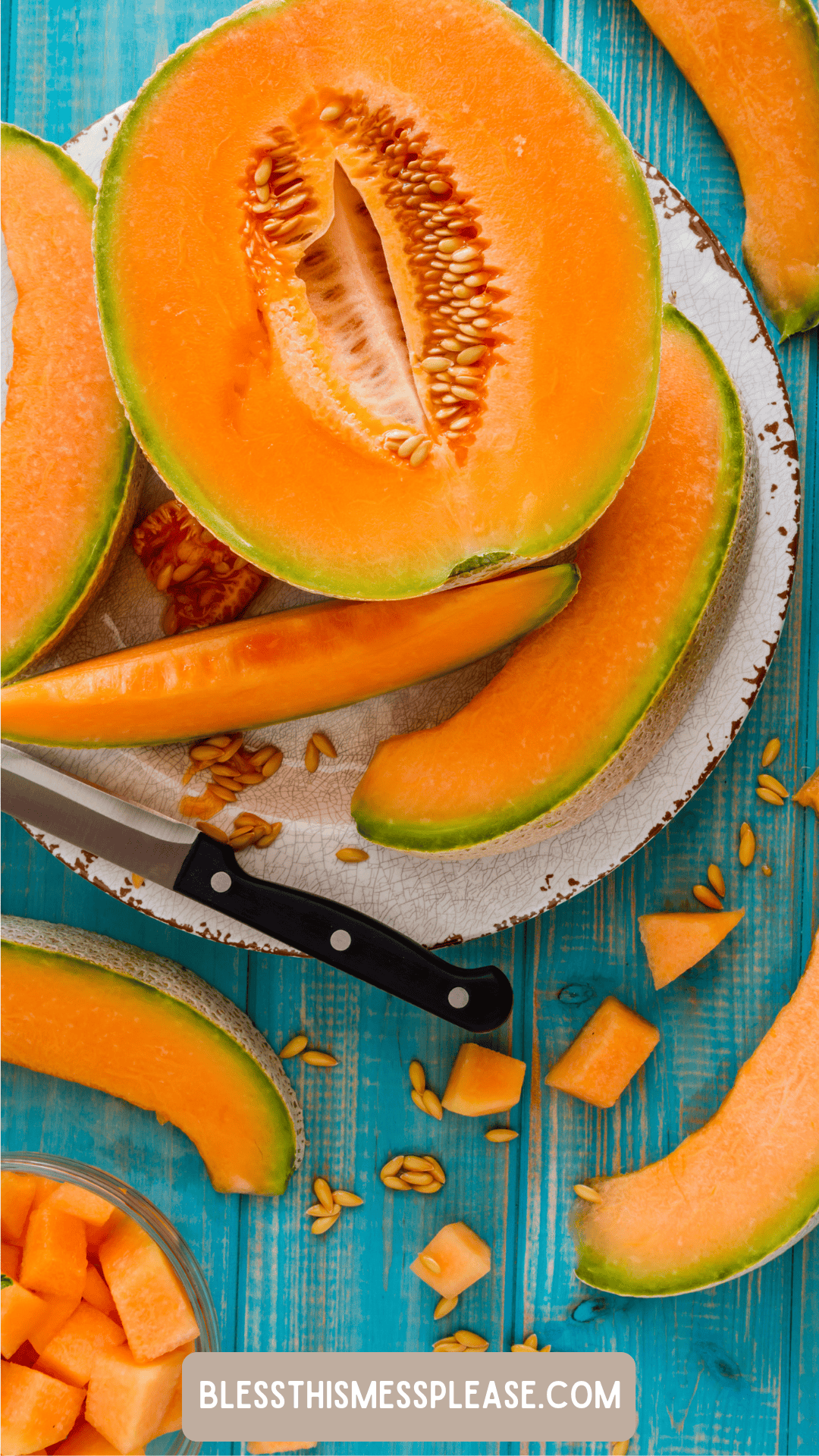
Dehydrating Cantaloupe
- CUT: Scrub outer surface well with brush under cool running water. Remove outer skin, any fibrous tissue and seeds. Cut into 1/4- to 1/2-inch thick slices.
- DIPPING: Dip in ascorbic acid for 10 minutes. Remove and drain well.
- DEHYDRATOR: Dry until leathery and pliable with no pockets of moisture.
- APPEARANCE WHEN DRY: leathery and pliable
Canning Cantaloupe
Not recommended!
Can You Freeze Cantaloupe?
Yes, you can freeze cantaloupe! It can be frozen in pieces like chunks or slices, or it can be frozen pureed first. Freeze it in the best shape or condition that will work best with how you plan to use it after preserving.
Frozen cantaloupe can be used in smoothies (I flash freeze in chunks for this use), as an “ice cream” or sorbet, and even in a refreshing drink.
Once frozen, cantaloupe actually tastes sweeter than when fresh, and it will be softer after thawing, too.
Freezing Cantaloupe
I use containers when freezing in syrup and freezer bags when just doing the unsweetened melon pieces.
PREPARING CANTALOUPE
- Select firm-fleshed, well-colored, ripe melons.
- Cut in half, remove seeds and rind.
- Cut melons into slices, cubes or balls.
SYRUP PACK
- Pack into containers and cover with cold 30% syrup.
- Leave headspace.
- Seal and freeze.
UNSWEETENED PACK
If I’m freezing the cantaloupe for a future use where I will need individual pieces, I will flash freeze on a baking sheet first and then put them into freezer bags. Otherwise, I just put them into a bag without flash freezing.
- Pack into containers, leaving headspace.
- Seal and freeze.
🍎🫙 Get a free Preserving Guide for all the details to dehydrate, can, and freeze 42 fruits and vegetables — get the FREE GUIDE here!
Expert Tips
- Choose a Ripe Melon: Select cantaloupe that’s ripe but still firm for preservation. Overripe fruit will become too mushy when preserved, while underripe cantaloupe lacks the sweet flavor you want to capture. The ideal cantaloupe should give slightly when pressed at the blossom end and have a sweet, fragrant aroma.
- Remove All Seeds and Rind: Any remaining seeds or rind pieces can introduce bacteria and affect flavor during storage. Use a sharp knife to remove rind in smooth strokes, and scoop out the seed cavity thoroughly with a spoon. Even small pieces of rind can cause spoilage in preserved cantaloupe.
- Pat Dry Before Freezing or Dehydrating: Excess moisture is the enemy of good preservation. After cutting cantaloupe pieces, lay them on paper towels and gently pat dry before proceeding with your preservation method. This extra step prevents ice crystals during freezing and speeds up dehydration time.
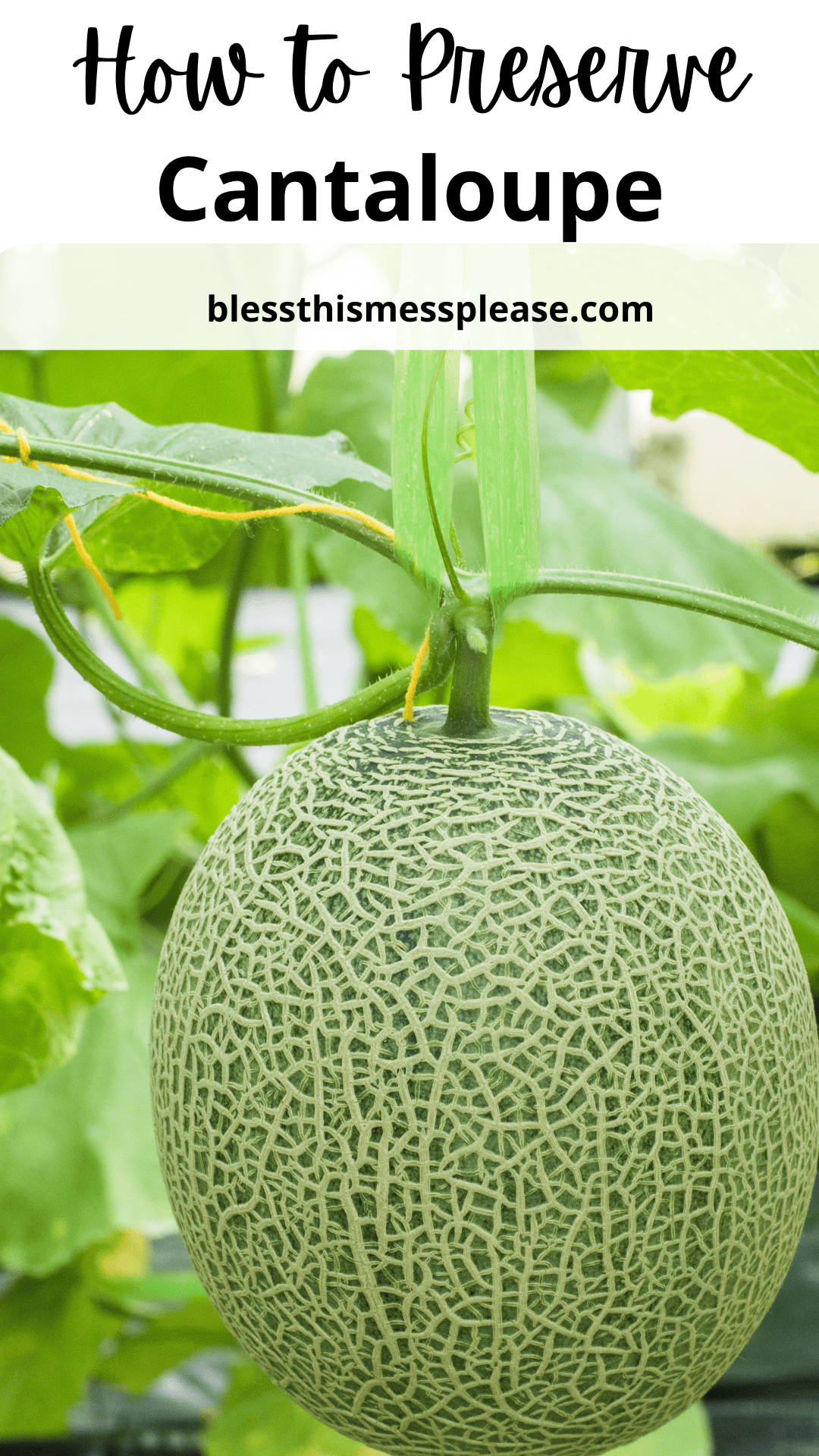
More Tips For Preserving The Harvest
Preserving Guide
How To Preserve Watermelon
Preserving Guide
How To Preserve Tomatoes
Preserving Guide
How To Preserve Sweet Potatoes
Preserving Guide
How To Preserve Winter Squash
Did you use any of these preserving tips? Leave a note below in the comments or share it on Instagram, Facebook, or Pinterest!

